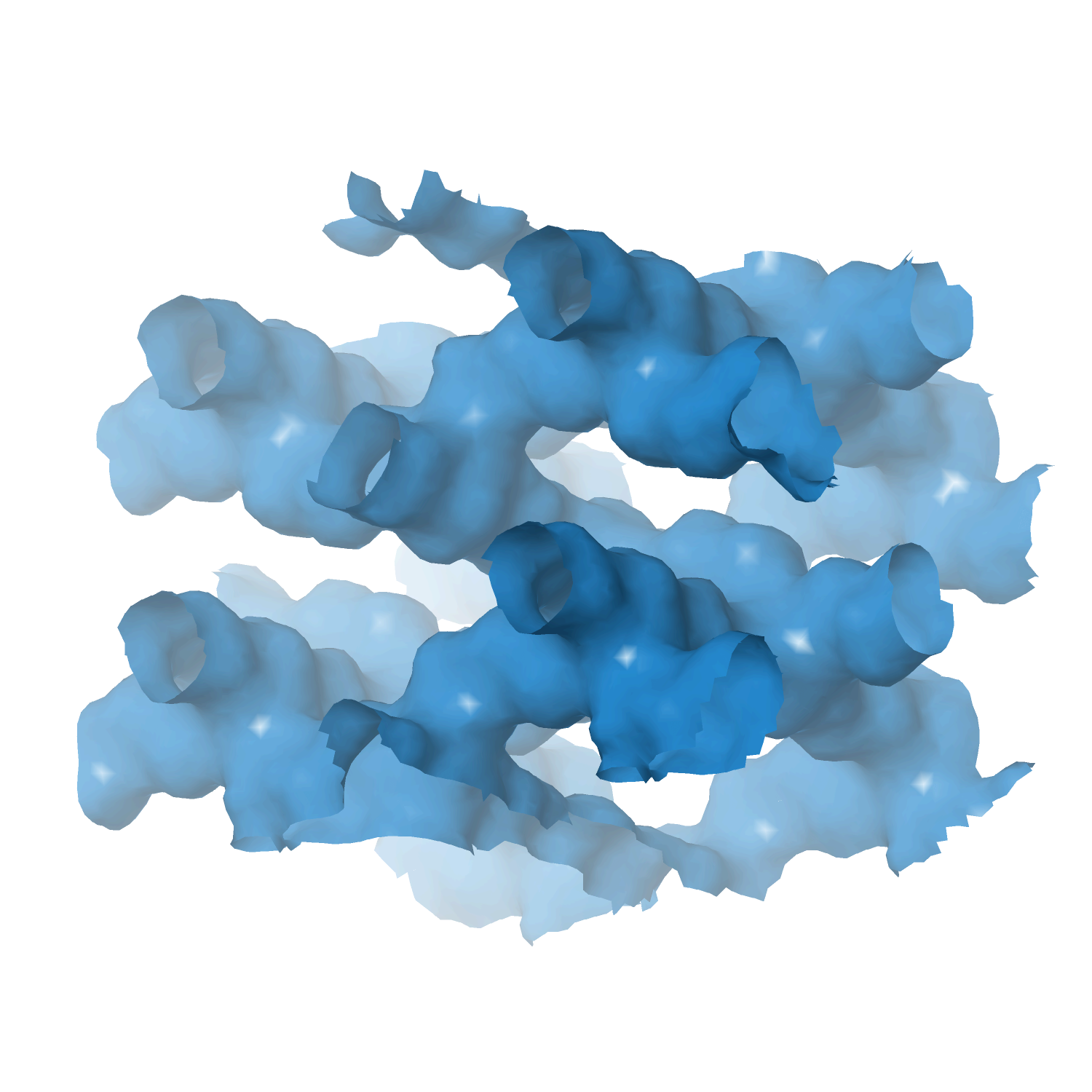Heterogeneous catalyst engineering ⇒ from stable and deactivation resistant to viable technical catalyst
Advances in heterogeneous catalyst “structure” are driven to improve their “function” or performance, i.e., activity, selectivity, and stability. Cooperative research is required to understand the structure and function relationships: developing new synthesis protocols for heterogeneous catalysts with unique surface properties, defined porosity, identification and understanding of catalytically active sites, reaction mechanisms, and finally, prediction and analysis of the processes using various computational tools.
Our group focuses on developing new catalyst formulations using innovative synthesis routes for various important heterogeneous catalysts. That includes thermal, electro, and bio-electro catalysis.
The active phase cannot be used directly in its final application or reactor for various reasons, including poor mechanical resistance, heat or mass transport, and fluidization features. We must mix the active phase with other ingredients in a matrix of binder and filler, while we shape it into a technical catalyst. We investigate new synthetic protocols for technical catalysis using spray drying and fluidized beds to cover the whole range of sizes. At the same time, we incorporate additional (unconventional) ingredients such as SiC to improve some features even further.
- Technical catalyst I ⇒ spray drying and extrusion
- Technical catalyst II ⇒ spray fluidized bed reactor
- Technical catalyst III ⇒ electrospinning
- Zeolite catalysts ⇒ with defined structure/porosity
- Multi-metal (high entropy) alloy catalysts
- MXene catalysts ⇒ single and multi-dimensional
- Perovskite catalysts
- Metal-organic framework (MOFs) catalysts
- Supported metal/metal-oxide catalysts
- Aerogel catalyst
Enhancement of Biphenyl Hydrogenation over Gold Catalysts Supported on Fe-, Ce- and Ti-modified Mesoporous Silica (HMS)
by
Castaño, Zepeda, Pawelec, Makkee, Fierro
J. Catal.
Year:
2009
Abstract
Mesoporous metallosilicates (HMS–M; M = Ce, Fe, Ti) were used as supports for the preparation of Au catalysts, and were tested in the liquid-phase hydrogenation of biphenyl at 5 MPa and 488 K. Irrespective of the support, uniformly dispersed Au nanoparticles in range 3.2–6.5 nm were obtained. The highest turn over frequency (TOF), expressed per surface Au atom, was achieved on the Au/HMS–Fe, furthermore this catalyst gave the highest selectivity to the most saturated compound (bicyclohexyl with the highest cetane number) by means of enhancing the second aromatic-ring hydrogenation. From the catalyst activity-structure correlation, the highest activity of the Au/HMS–Fe catalyst is linked with: (i) the higher ratio of positively charged metallic gold Auδ+/Si (XPS), and (ii) the higher stability of Au nanoparticles (HRTEM). A linear correlation between the activity (per gram of metal) of the catalysts and their ratio Auδ+/Si is observed; however, Au/HMS–Ce catalyst displays a different behaviour in terms of activity per gram of metal exposed caused by the fact that ceria is not incorporated in the framework.
Keywords
HPC
HCE
